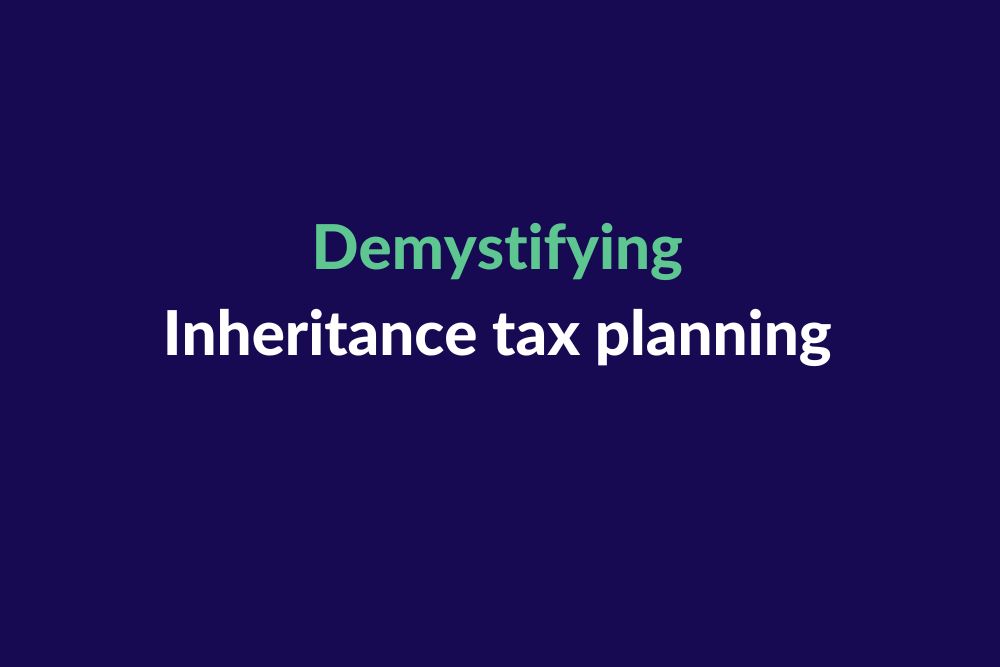‘Tax shouldn’t be taxing’ was the rather optimistic HMRC advert some years ago. Unfortunately, that is not the case and the Treasury has a habit of tinkering and adding to tax legislation which creates an ever more impenetrable concepts.
Inheritance tax has seen some changes over the years which have generally taken more people out of tax but in a complicated way.
The tax uses the concept of a nil rate band. This is essentially a tax free allowance and it means that if your estate is less than the nil rate band, there is no tax to pay. The Nil Rate Band (or NRB as it is known) used to be simple – each person had one and it applied against their estate. Over the years, the treasury has introduced varieties of them, so we now have four key bands.
Basic Nil Rate Band: this currently stands at £325,000 and is available to each individual.
Transferable Nil Rate Band: this is available for married couples (or civil partners) who leave everything to each. The survivor inherits the estate and also inherits the nil rate band. A couple can therefore have a Nil Rate Band of £650,000. This was introduced by Gordon Brown in 2007 (in attempt to improve his election chances).
Residential Nil Rate Band: Another chancellor, this time George Osborne, brought this in. It applies to someone who leaves their main residence to children. It amounts to £175,000, or the value of the property, whichever is lower.
Transferable Residential Nil Rate Band: the residential nil rate is also transferable, so can be used on the second death of a couple.
The rules are intended to mean that a married couple/civil partners with children can leave up to a £1m of assets before any inheritance tax is payable. They are therefore more generous than they once were, for some people.
However, as with all tax rules, the devil is in the detail especially so with the residential element. It is limited if the estate is over £2m and can be lost if a will contains trusts or if you die without a will. It is therefore very important to take advice about the tax position and the style of will you have to ensure that any inheritance tax is minimised.
If you would like to talk through any issues concerning inheritance tax planning, contact our specialist team to discuss the options open to you and taking into account your specific circumstances.



